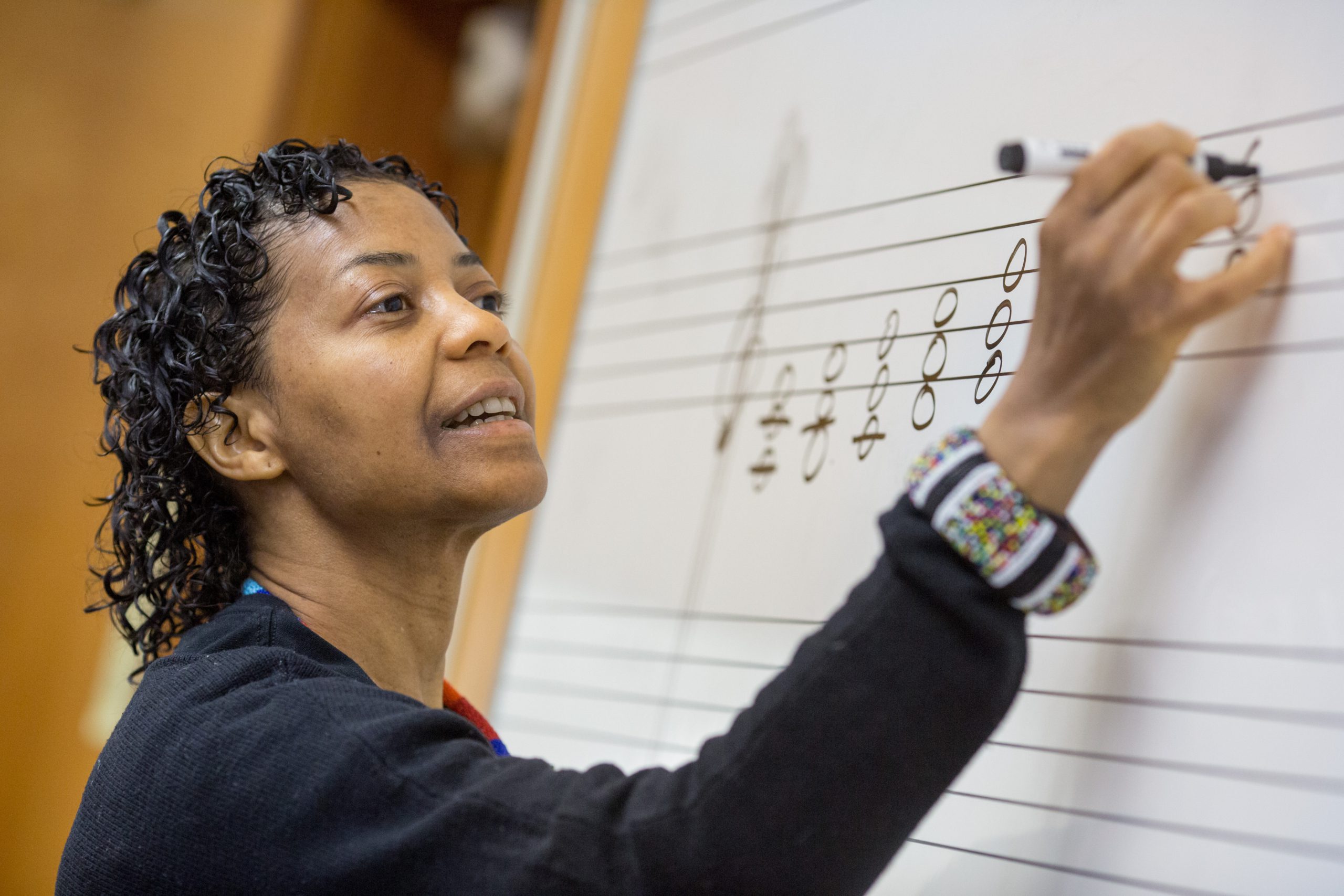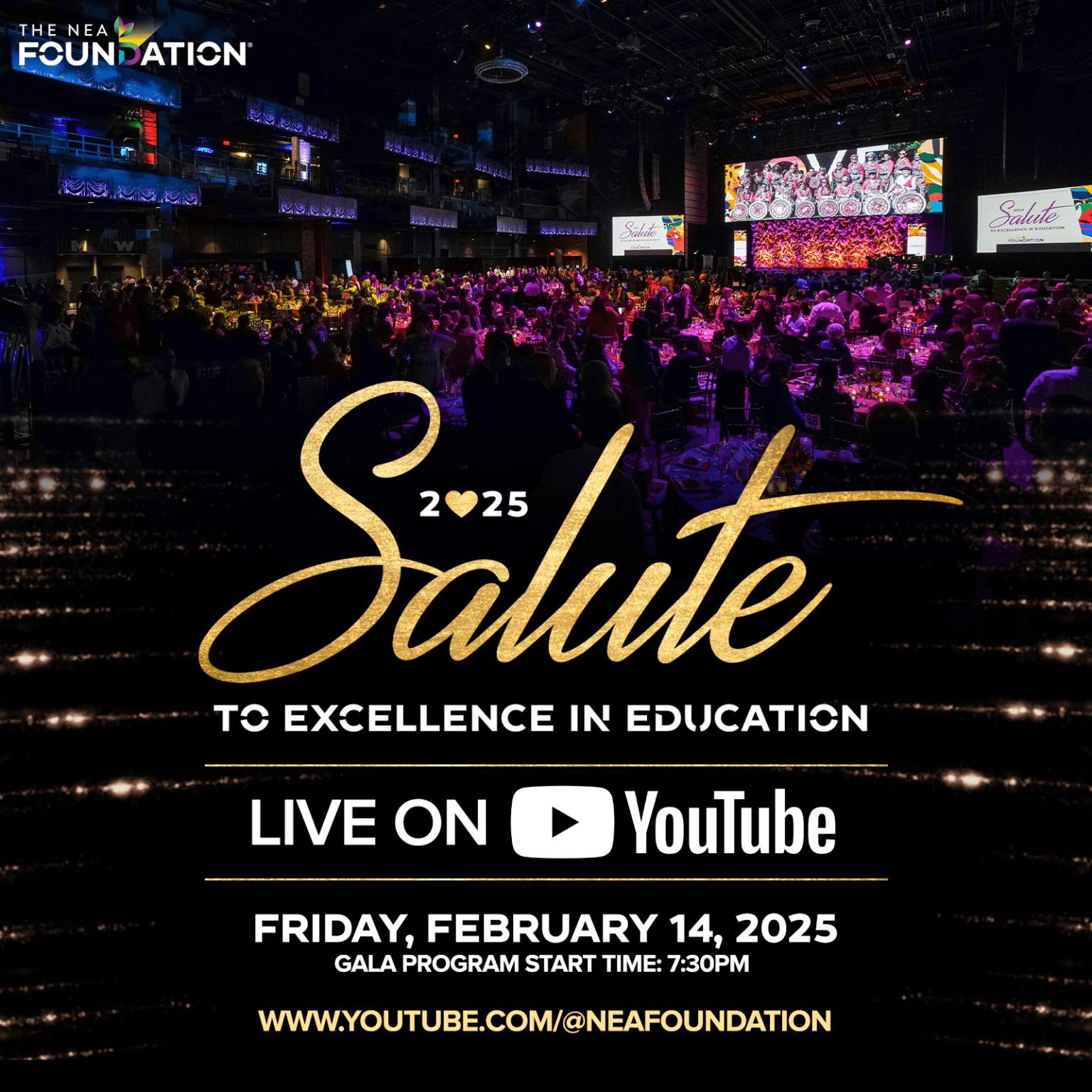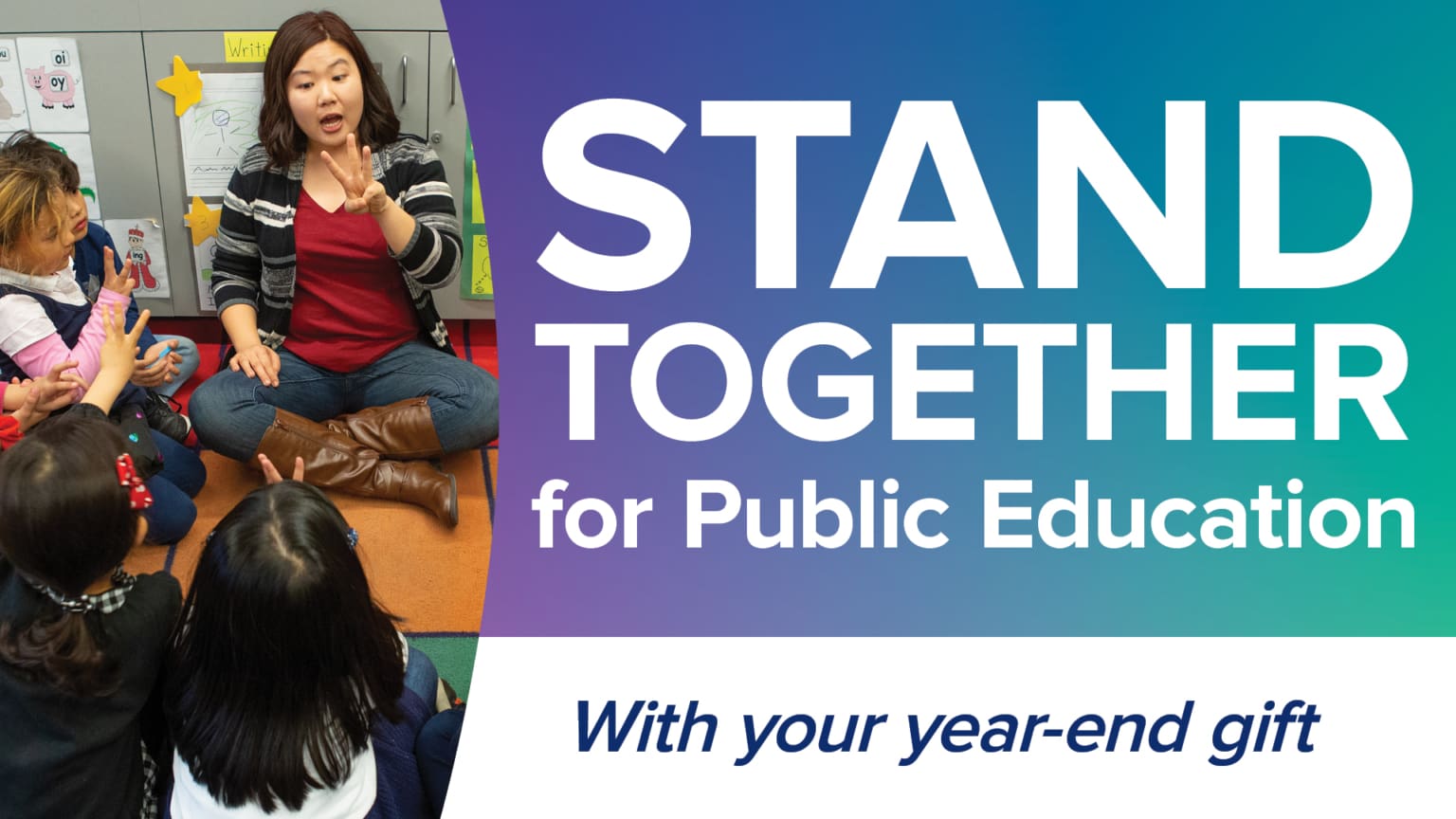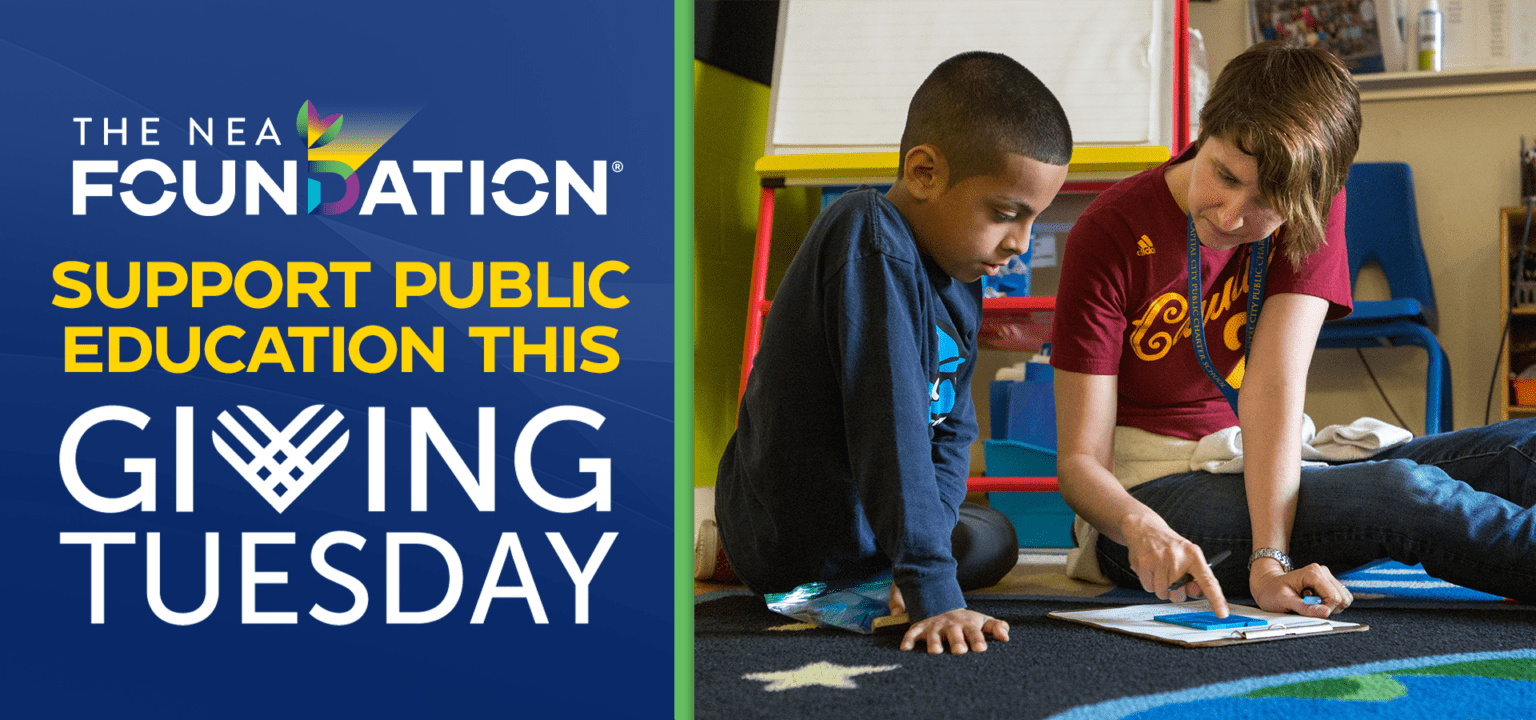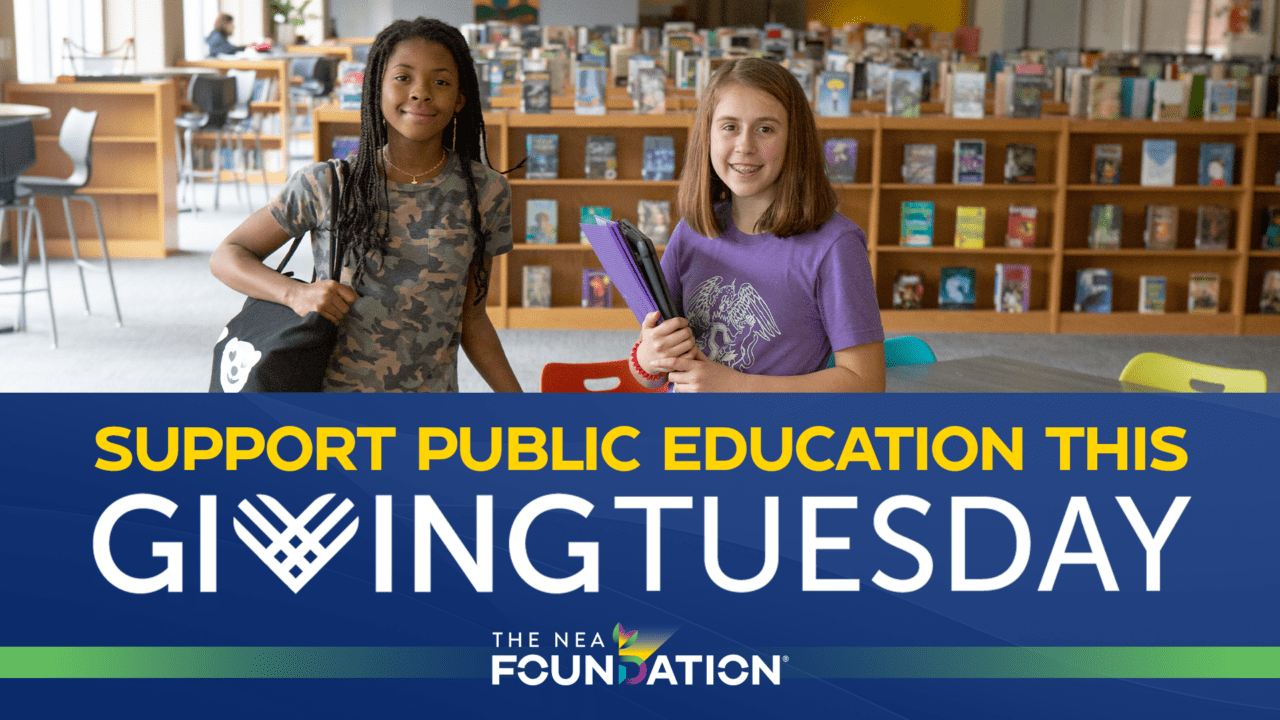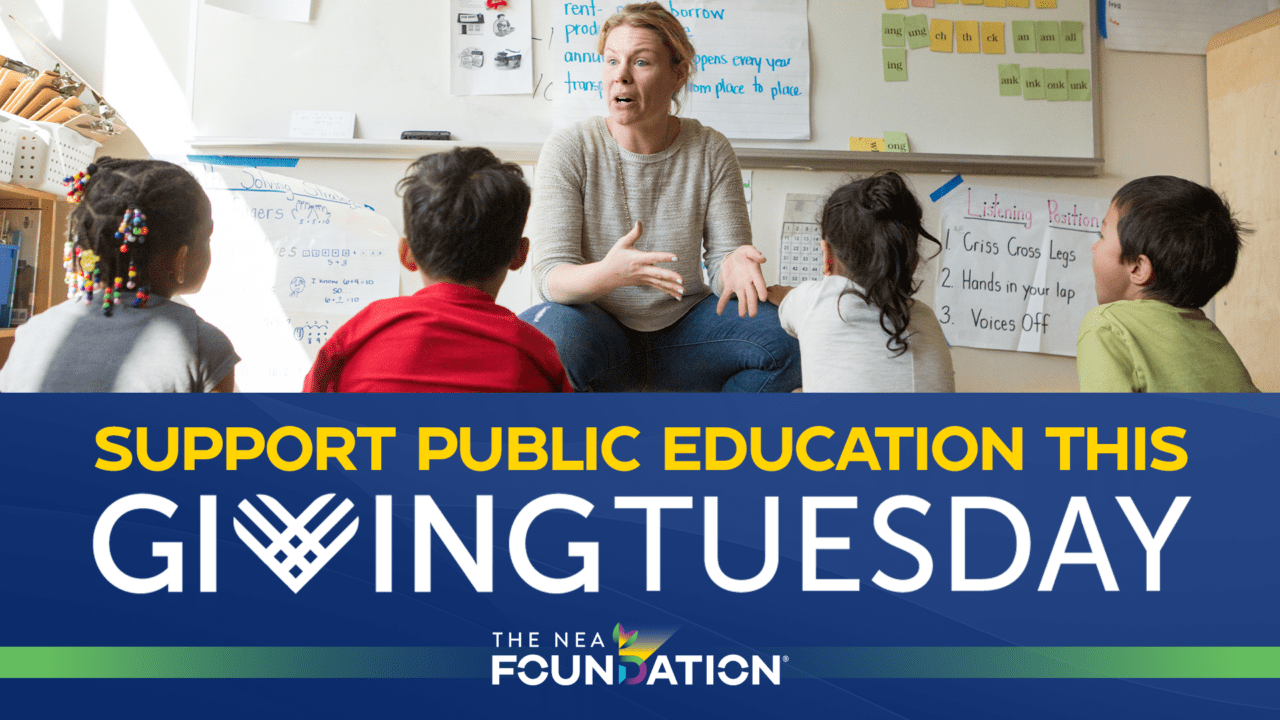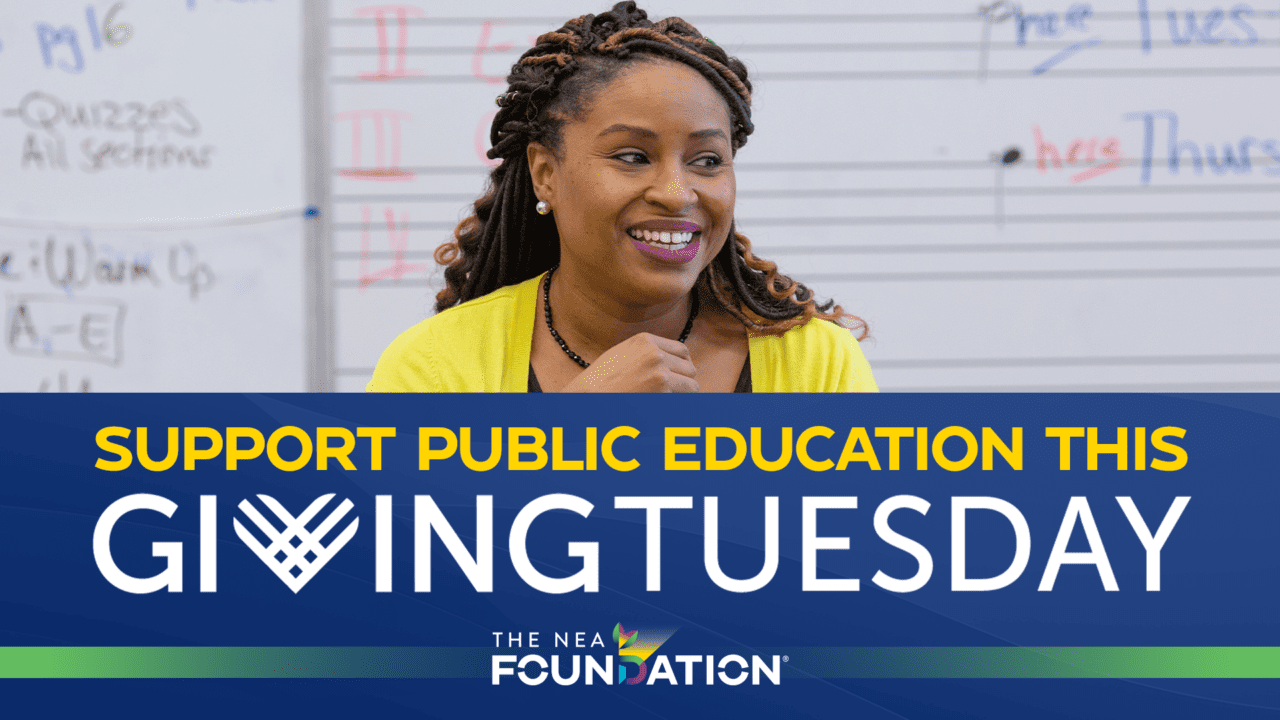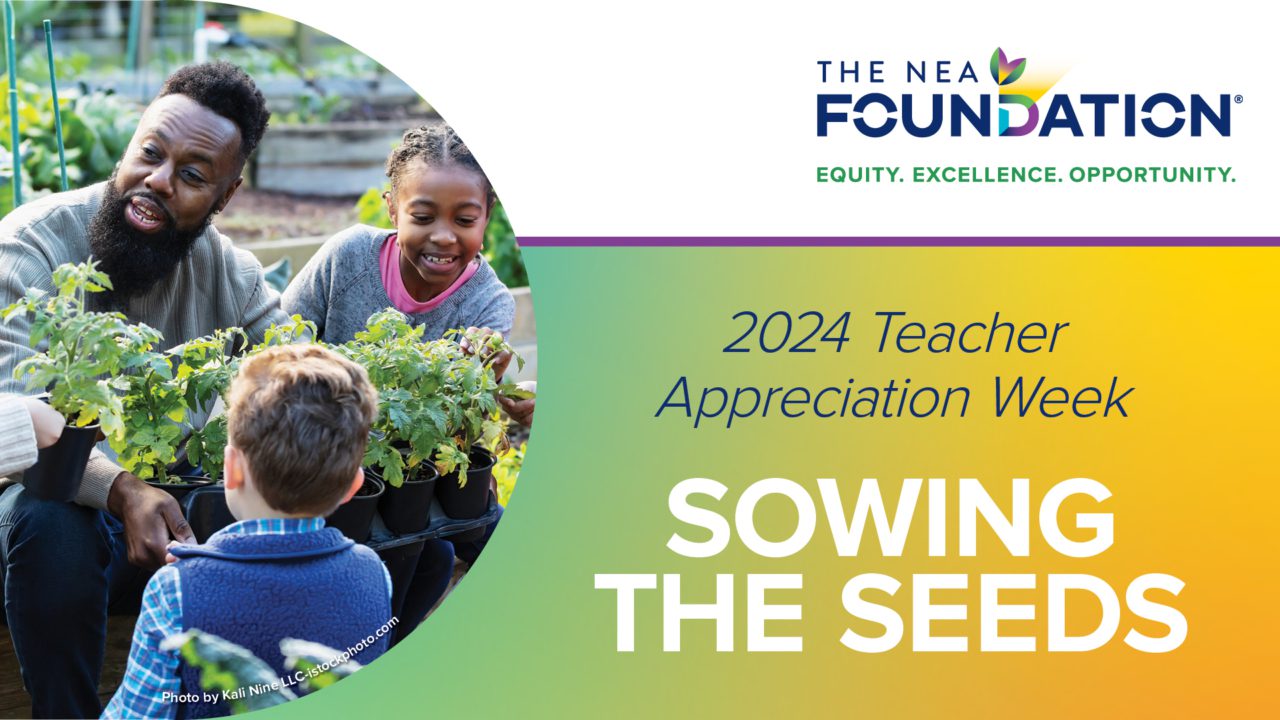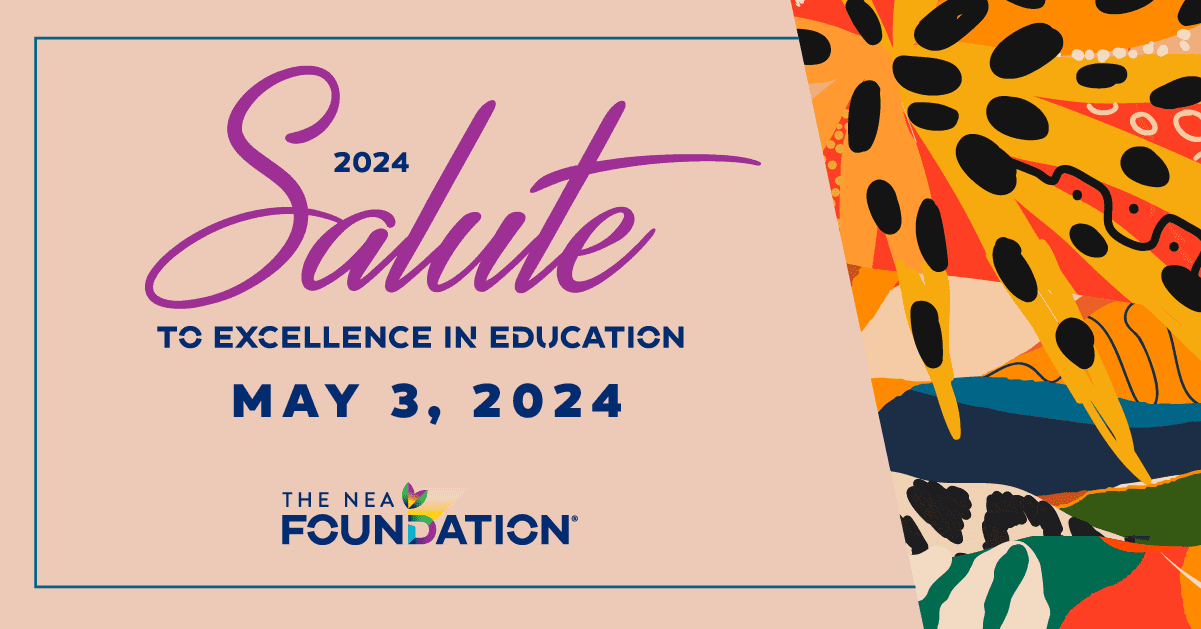Dr. Marlee Bunch (she/her) is an educator, author, and creator of the un/HUSH Framework, a culmination of resources and tools for creating culturally competent classroom lessons that uplift marginalized voices, unlearn biases, and foster connection through storytelling. Her forthcoming publication, “The Magnitude of Us: An Educator’s Guide to Creating Culturally Responsive Classrooms,” can be pre-ordered online.
As we work to navigate 21st century challenges in education, looking to the past for lessons can offer a place of guidance. The contributions and histories of past educators is vast. The oral histories of my research helped illustrate how they used innovation, a whole child approach, and collaboration with community to ensure that they were serving the needs of their students and families—they were using culturally responsive teaching before we had a name for it. Here are five lessons that past educators have imparted for us to consider:
- Classrooms can be influential and powerful. Think of your classroom as a transformative space. Use that space to create joy in learning, safety, and a place that sees possibilities for all students. Educators who chose to teach during the 1950s and 1960s often did so during tumultuous times, and navigated inequities, racism, violence, and lack of resources. Despite all of this, they found ways to be a bright light for students and used the classroom as a place of respite.
- Foster civic engagement with your students. Putting learning into action and allowing students to make connections between self and world can begin to foster a sense of civic responsibility. Current events, community involvement, volunteering, an understanding of history and democracy, and global awareness all build civic engagement. Educators who taught during the 1950s and 1960s knew the value of using the classroom as a space to prepare students to be civically engaged in community and society, and encouraged students to leave the classroom prepared for the realities of the world and ready to be actively involved. Students and young people were pivotal in groups such as the Student Non-Violent Coordinating Committee (SNCC) to help move the needle regarding voting rights, equitable education, and racial equality. Remind your students their voices are powerful.
- Embrace the power of narrative. Past educators knew the power and value of reading and writing, as it represented freedom. My grandmother worked to create a school library with her own funds in the segregated school she taught in for over 30 years. Literacy and creativity can enrich your students’ learning. Fill your space with books and reading material. Find ways to foster and grow an appreciation for literacy with your students. Choose books and authors who offer diverse perspectives and reinforce the idea of “window and mirrors” (allowing student to both see themselves in books and learning spaces, while also being introduced to new perspectives).
- Partner with families and the community to support your students. Past educators used the whole child approach to consider both the academic and social needs of students. To achieve optimal results, educators worked in tandem with families and the community. They made calls home, made home visits, and kept communication open. Partnering with families models the power of collaboration and allows students to experience what mentorship looks like.
- Have high expectations for all students. Avoid deficit thinking, and instead help students consider the possibilities of their future. Affirm the identities, cultures, backgrounds, and abilities of your students by seeing the best versions of who they are. Past educators did not yet have the language for cultural competence, social emotional learning, etc.—they simply loved and supported students.
Ushering in lessons of the past can serve as a guide when we need reminders that we are not alone in the work we do as educators. For additional information about the histories of past educators, you can visit www.marleebunch.com or pre-order her teaching guide, “The Magnitude of Us: An Educator’s Guide to Creating Culturally Responsive Classrooms,” with Teacher’s College Press in 2024.

